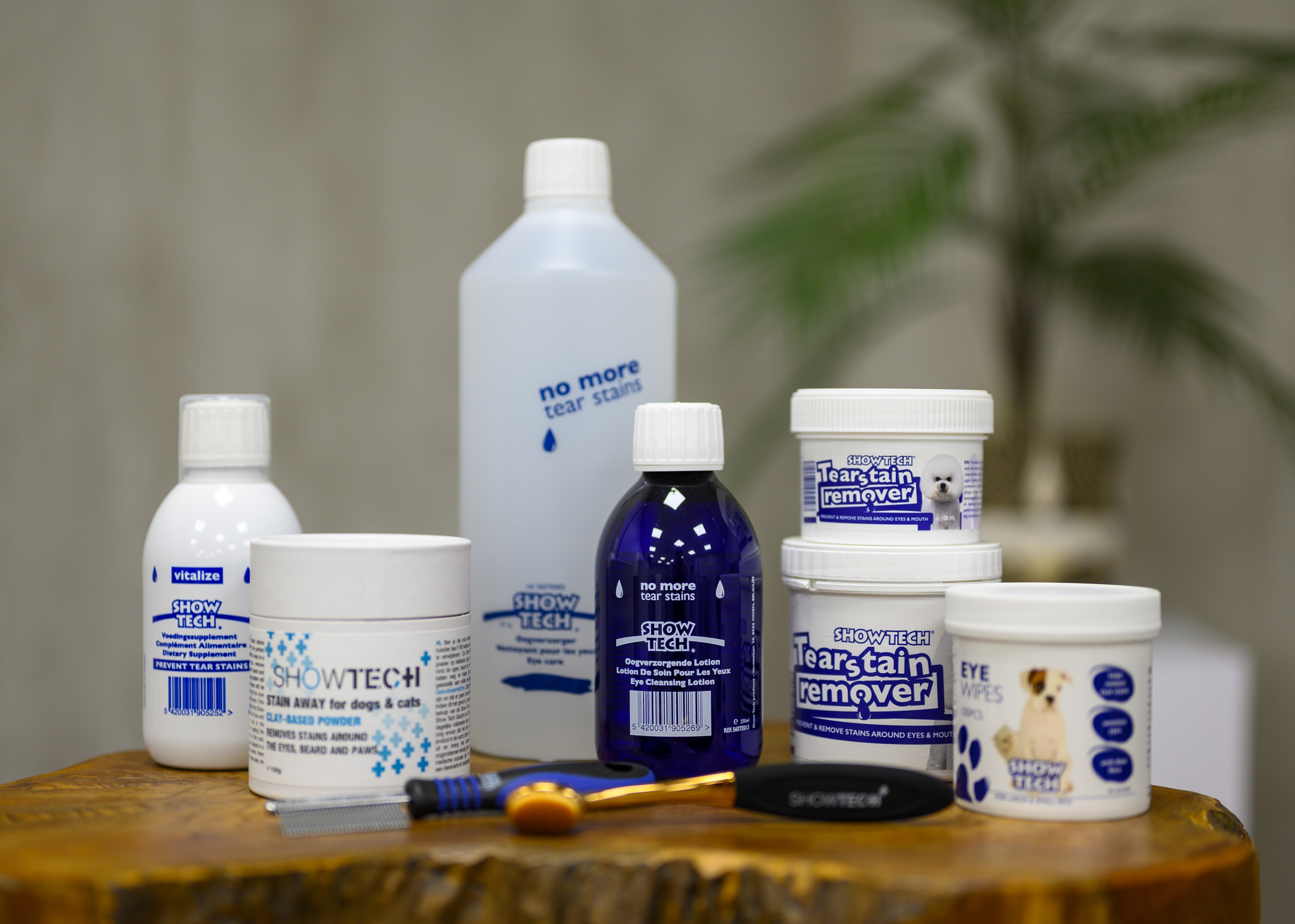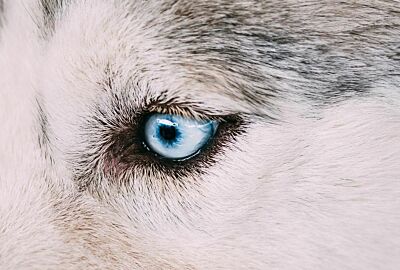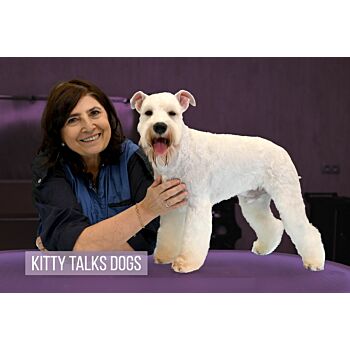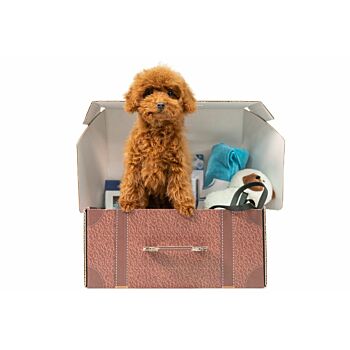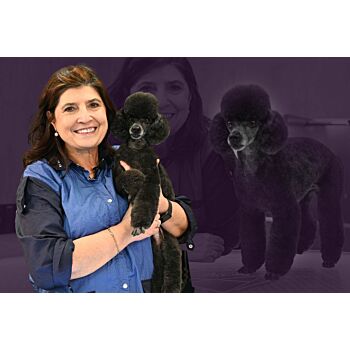There is no doubt about it: your dog or cat is the most adorable animal on earth! Too bad about those unsightly tear stains though. Many breeds suffer from these reddish-brown spots around the eyes, but they are also common on the beard and around the paws. This is not necessarily a reason to panic. Usually there is an underlying health problem, but in some cases, you can find the cause and solution yourself. In this blog, we will share with you the possible causes of watery eyes.
The eyes are known as the mirrors of the soul, but they are also much more than that! By looking at your pet's eyes, you can tell a great deal about its health. Just like humans, dogs and cats also shed a tear sometimes. When this happens excessively, we speak of the condition epiphora. In this case, the eyes produce too much tear fluid and tears are running down the dog's face instead of being drained internally by the eyes. This condition in turn leads to the well-known reddish tear stains. The brownish red colour is caused by porphyrin, a pigment excreted in tears, saliva and urine. When this substance is abundant in the tears, and the acidity of the tears is too high and thus the pH too low, the coat will become discoloured and eventually damaged. It is therefore important to recognise and tackle the underlying causes of epiphora or watery eyes.
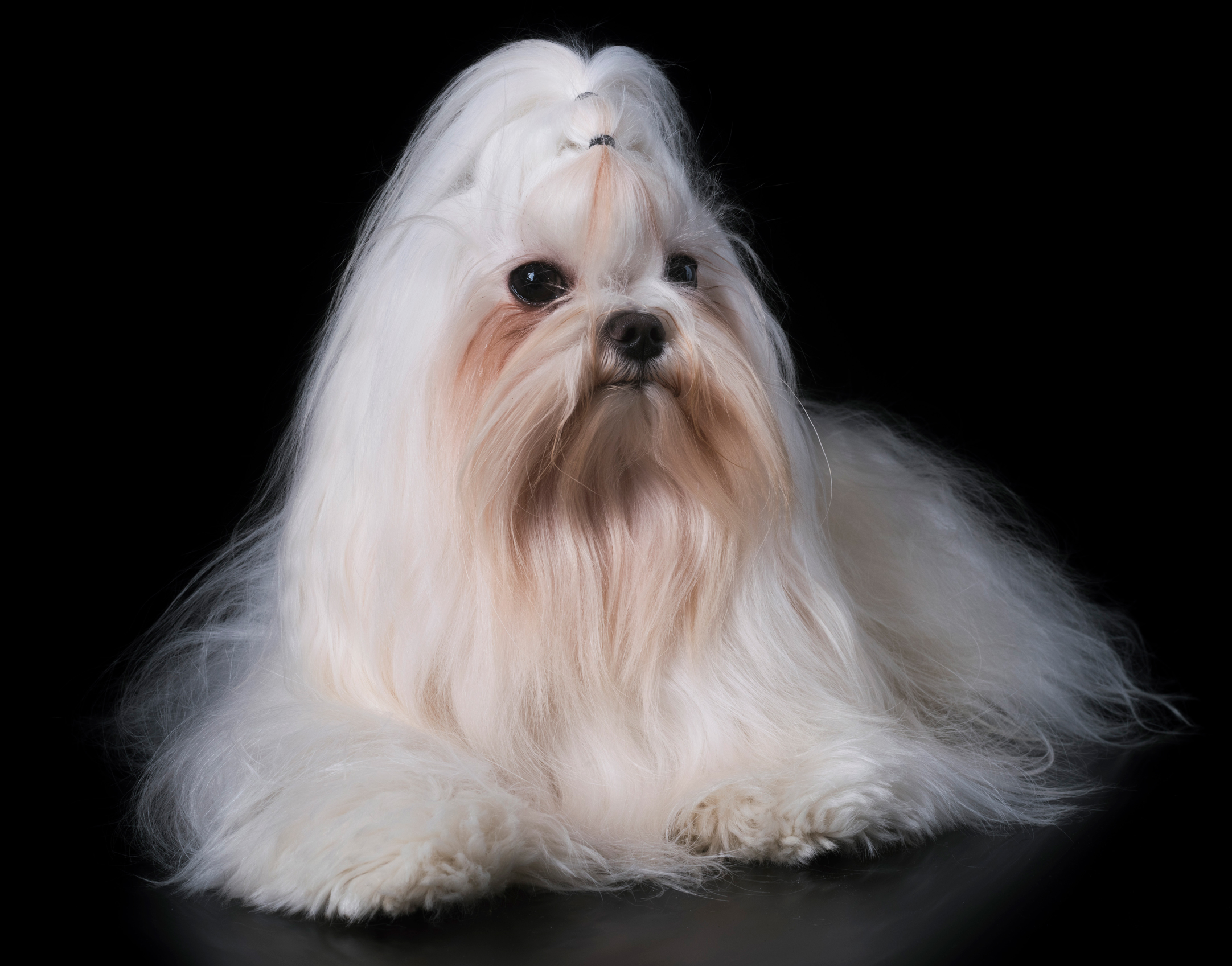
I got it from my momma
When tears run down your pet's eyes in abundance, it may have a genetic cause. Normally, the tear fluid is drained via the nasolacrimal duct which runs from the eyes to the nose.
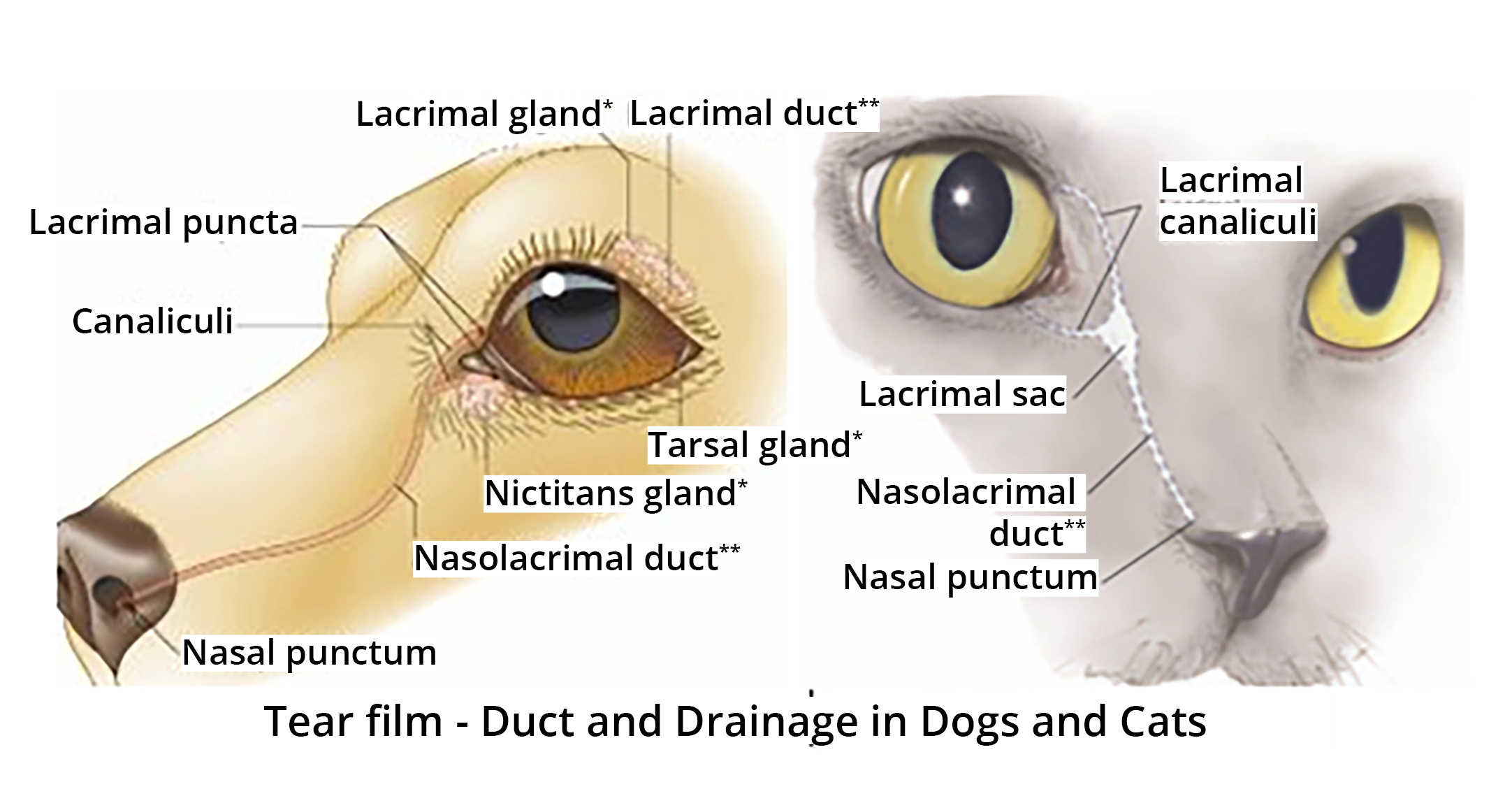
That is why healthy dogs generally have a wet, moist nose. However, many dog and cat breeds have a nose that is flatter, shorter, smaller or finer than average. Consequently, tear fluid accumulates in the canal between the eyes and the nose, which becomes blocked or inflamed. Instead of being drained, the fluid accumulates under the eyes. Tearing eyes are the result. It is also possible that the eyelids are twisted inwards or that the eyelashes of your dog or cat are growing inwards. This causes irritation, which in turn leads to … tearful eyes. Fortunately, this problem can often be remedied with a simple intervention. For more detailed and appropriate advice, we recommend you contact your vet. There are also breeds that cannot close their eyes completely or that have too little space in their eye sockets. The above-mentioned problems are all causes which, in principle, are of a chronic nature. However, there are many eye problems as well in which a temporary factor is involved.
Infections and allergies
It is also possible that the excessive or increased tear production is due to an eye or ear infection. No doubt you and your dog like to drive in the car with the windows rolled down. Wonderful, that breeze in your hair! However, draughts can cause your pet to develop an infection. The message then is of course to treat this infection. Blocked tear ducts can also come from the teeth or ears. Especially in puppies or kittens who are changing teeth, it often occurs. If your dog has an ear infection, it is important to consult a vet. You can read about how to prevent an ear infection here. It is also possible that the excessive tear production has a hormonal cause. In addition to hormonal changes, stress, higher humidity, smoke, high winds, plastic water and food bowls, a high presence of minerals in the water, hair in the eyes or irritants also often cause epiphora. Or perhaps your dog or cat has an allergy to dust, dust mites, pollen, cleaning products, or to certain foods? Many dogs react allergically to beef, chicken, eggs, soya, corn and dairy products. In case of a food allergy, you can adjust your pet's diet in consultation with your vet. This will often reduce the amount of tear stains.
We recommend always consulting a vet to establish the correct diagnosis. Especially when the eye problem persists, it is important to take your dog or cat to a specialised doctor. After all, our animals are like our children and with them we go to the doctor quickly, don't we? The same applies to your four-legged friend. By knowing the specific cause, you can tackle the problem correctly.
Of course, it is also important to always take good care of your pet's eyes. With which products you can tackle the tear stains at home, we will tell you in detail in our next blog post. So, make sure to keep an eye on our website! Want to get started now? You can find all our eye care products here.
